Year: 2020

Pull-Up and Pull-Down Resistors with Arduino
What are Pull-up and Pull-down Resistors? In Arduino programming, INPUT_PULLUP and INPUT_PULLDOWN are two options you can use when configuring…

Program Tactile Switches with Arduino
What is a Tactile Switch? Tactile switches, often referred to as “tac switches” or “tact switches,” are commonly used in…

Programming the Light Dependent Resistor
What is a Light Dependent Resistor A Light Dependent Resistor (LDR), also known as a photoresistor, is a type of…
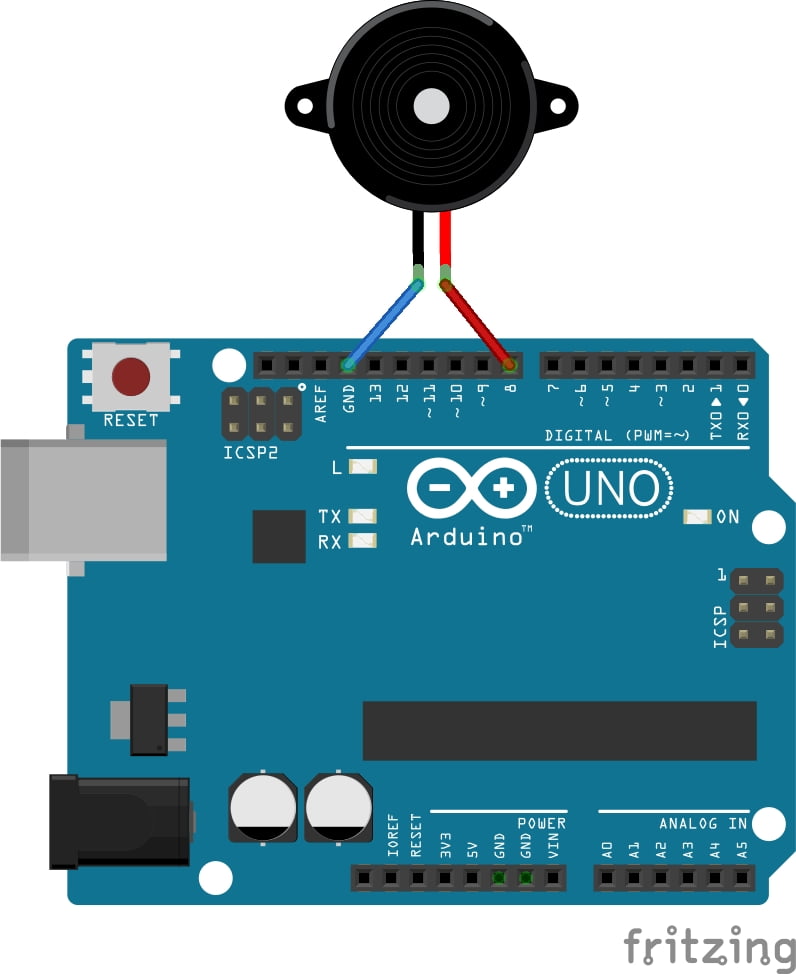
Buzzers: A Comprehensive Guide
Exploring Basic Components with Arduino! Welcome to Meganano’s series of comprehensive guides on using basic components with Arduino! In this…
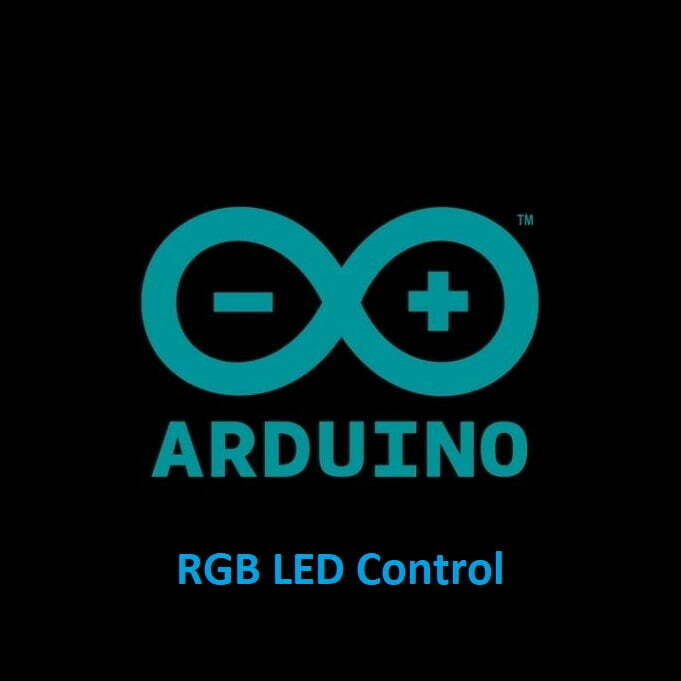
Programming RGB LEDs with Arduino
What is an RGB? An RGB LED is a type of light-emitting diode (LED) that can produce multiple colors by…

Pulse Width Modulation with Arduino
Understanding Arduinos PWM Pins PWM stands for Pulse Width Modulation, and it’s a technique used in electronics to simulate analog…

Arduino Digital Input and Output Pins
Understanding The Arduinos Digital Pins Arduino boards, have digital input and output pins that you can use for various purposes…
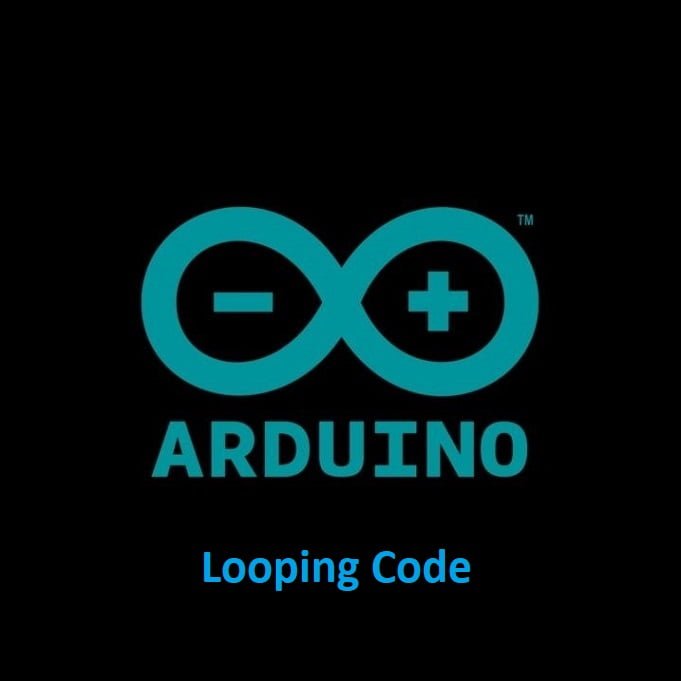
Looping Code: Learn the Different Techniques
Understanding The Different Types of Loops In Arduino programming, looping code is commonly used to execute a block of code…

Arduino Analog Input and Output Pins
Understanding The Arduinos Analog Pins Arduino’s analog input and output pins are a crucial part of the platform, allowing you…
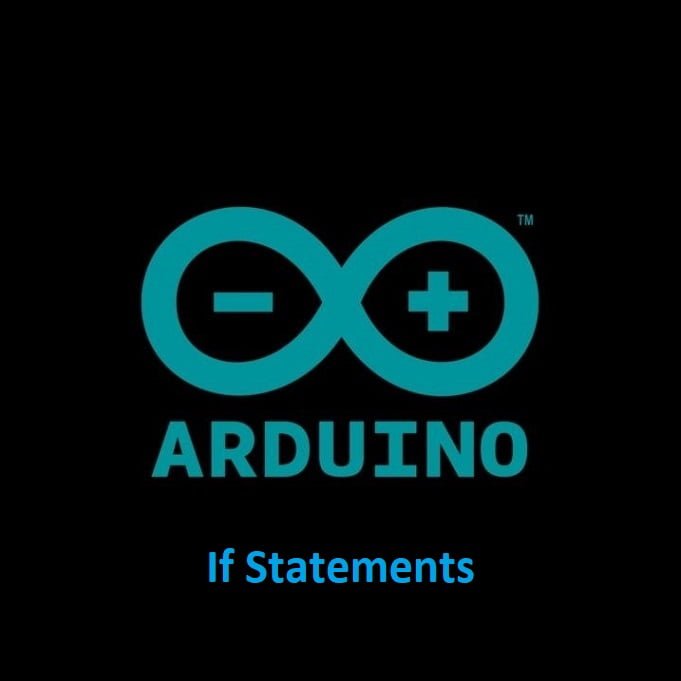
Arduino Conditional Statements
Understanding Conditional Statements In Arduino programming, Conditional statements, as in most programming languages, are used to make decisions and control…
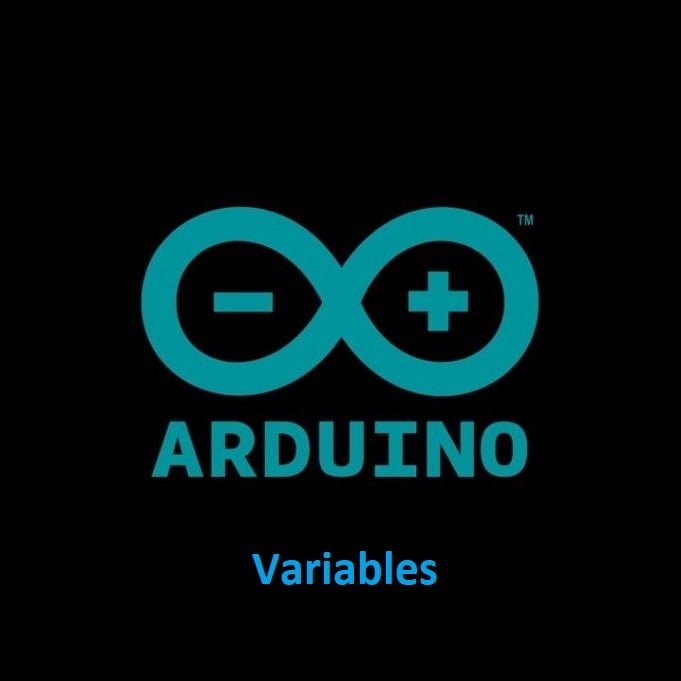
Understanding Arduino Variables
In Arduino programming, variables are used to store and manipulate data. Arduino variables are fundamental to writing code that controls…
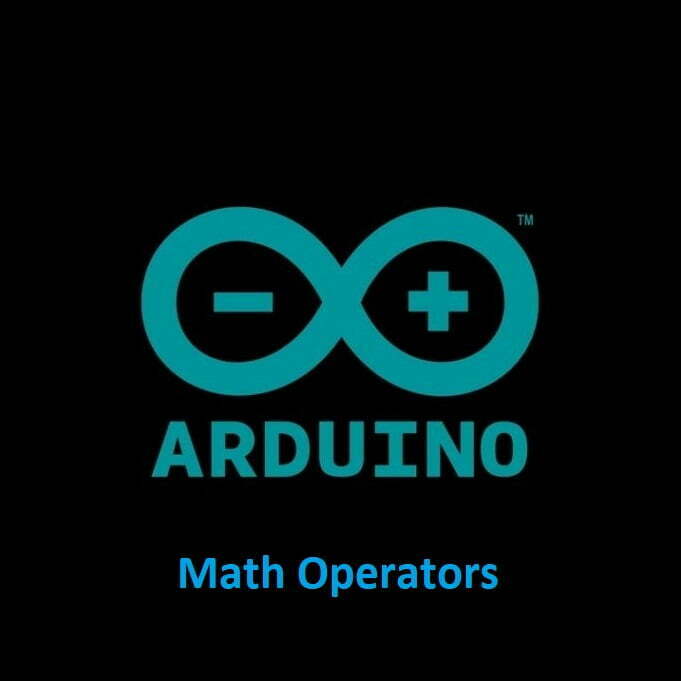
Understanding Arduino Math Operators
In Arduino programming, you can use various math operators to perform arithmetic and logical operations on numeric values. These operators…
